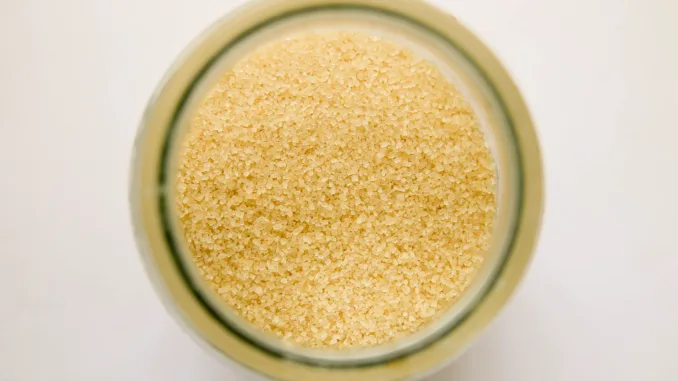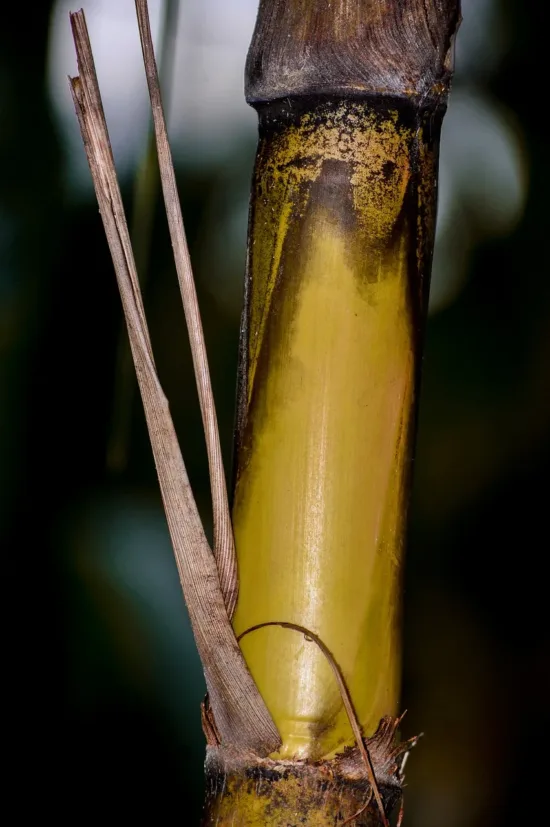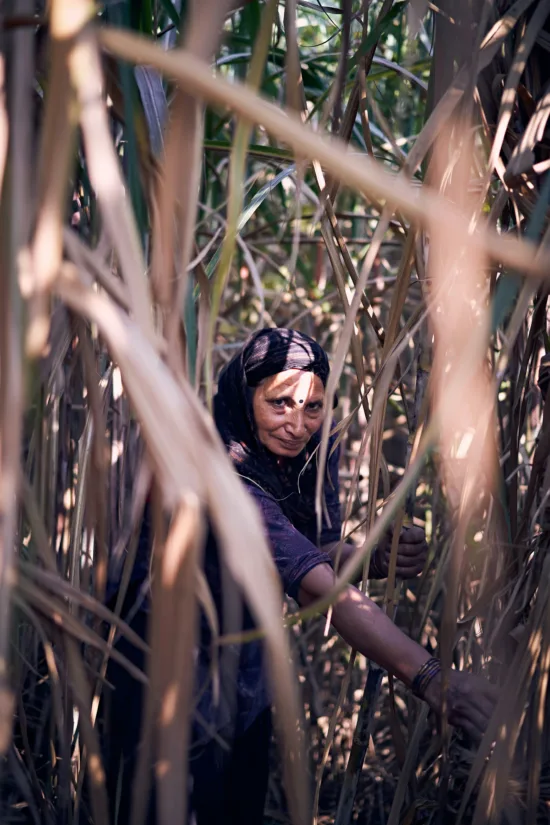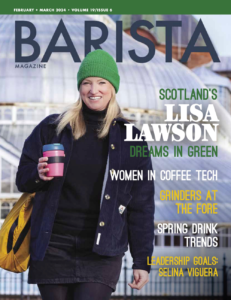
Sugar is an on a regular basis a part of most of the people’s diets—however how did it trip from its origins in New Guinea to the West? These days, we recount sugar’s adventure all over the world.
BY EMILY JOY MENESES
BARISTA MAGAZINE ONLINE
Featured photograph by means of Glen Carrie by the use of Unsplash
Even though sugar is an crucial a part of cafés and residential espresso setups alike, now not we all know the tale in the back of it—the place precisely sugar comes from, the way it’s grown, and why it’s been the go-to sweetener for so long as we will take into accout. On this installment of “Know Your Sweeteners,” we’re taking a better have a look at sugarcane’s wealthy historical past.
Rising Sugarcane
Sugarcane (Saccharum) is grown in subtropical and tropical spaces all over the world. Consistent with this document by means of the U.S. Division of Agriculture, as of late’s international sugar manufacturing is led essentially by means of Brazil, India, the E.U., Thailand, and China.
Sugarcane is a tall perennial grass in most cases planted in November, and the plant takes about twelve months to mature. There are more than one species of sugarcane, commonplace ones being Saccharum officinarum from Papua New Guinea and Saccharum sinense from Southeast Asia. Maximum commercially to be had sugarcane crops are advanced hybrids of various species.
Historic Roots
The tale of sugar starts about 10,000 years in the past in fashionable New Guinea. On the time, sugarcane was once so extremely prized that it will ceaselessly be locked up in “sugar safes.”
Historians have discovered proof of sugarcane farming relationship way back to 8,000 B.C. Again then, other folks would bite on uncooked sugarcane and regarded as the meals a delicacy. Time beyond regulation, the sugarcane plant would trip from Polynesia to different portions of the sector—a adventure that was once sadly riddled with exploitation and human rights violations.
Someplace alongside sugarcane’s travel all over the world, the method of refining sugar was once found out. Maximum historians agree that it first took place in India, initially of the primary millennium. All the way through the second one millennium, Europeans’ need for sugar would gasoline a world slave business that will ultimate loads of years.

The Darkish Facet of the Sugar Industry
Of their ebook Sugar Modified the International, Marina Budhos and Marc Aronson display how Europeans’ intake of sugar would build up greatly inside of only some hundred years. From the start of the sugar slave business within the early 1500s to the 1700s, a mean English particular person’s once a year sugar intake would build up by means of 450%. Whilst the factor was once as soon as reserved for the rich, it was once now extra readily to be had to Europe’s running magnificence—at the price of over 10 million enslaved peoples from Africa.
Partially two of the ebook, Budhos and Aronson describe the conflicting nature of the sugar business. Whilst the factor equipped much-needed energy to suffering Ecu manufacturing facility staff, it nonetheless got here at a serious human price.
“Via the 12 months 1800, it was once transparent that the Age of Sugar—that mixture of enslavement, factories, and international business—was once changing the Age of Honey, when other folks ate native meals, lived at the land in their ancestors, and valued custom over alternate,” the ebook reads. “Sugar was once the manufactured from the slave and the dependancy of the deficient manufacturing facility employee—the assembly position of the barbarism of overseers … and the inflexible new economic system. And but, for that very reason why, sugar additionally changed into the lynchpin of the combat for freedom.”

Sugar Manufacturing These days
Loads of years later, the sugar trade continues to be riddled with human rights violations, with ongoing problems together with abusive paintings stipulations, kid hard work, and withheld wages. As customers, we will do our phase by means of staying acutely aware of the histories of the substances we paintings with, and by means of higher instructing ourselves on the place to supply moral substances.
Partially two of this text, we’ll communicate extra about fashionable sugarcane manufacturing and use, and the way cafés are incorporating ethically sourced sugarcane into their menus.
ABOUT THE AUTHOR
Emily Pleasure Meneses (she/they) is a author and musician based totally in Los Angeles. Her spare time activities come with foraging, cortados, antique synths, and connecting together with her Filipino roots via track, artwork, meals, and beverage.
Subscribe and Extra!
Out now: It’s the February + March 2024 factor of Barista Mag! Learn it at no cost with our virtual version. And for greater than 3 years’ value of problems, discuss with our virtual version archives right here.
You’ll be able to order a difficult reproduction of the mag via our on-line retailer right here, or get started a subscription for twelve months or two.


Leave a Reply